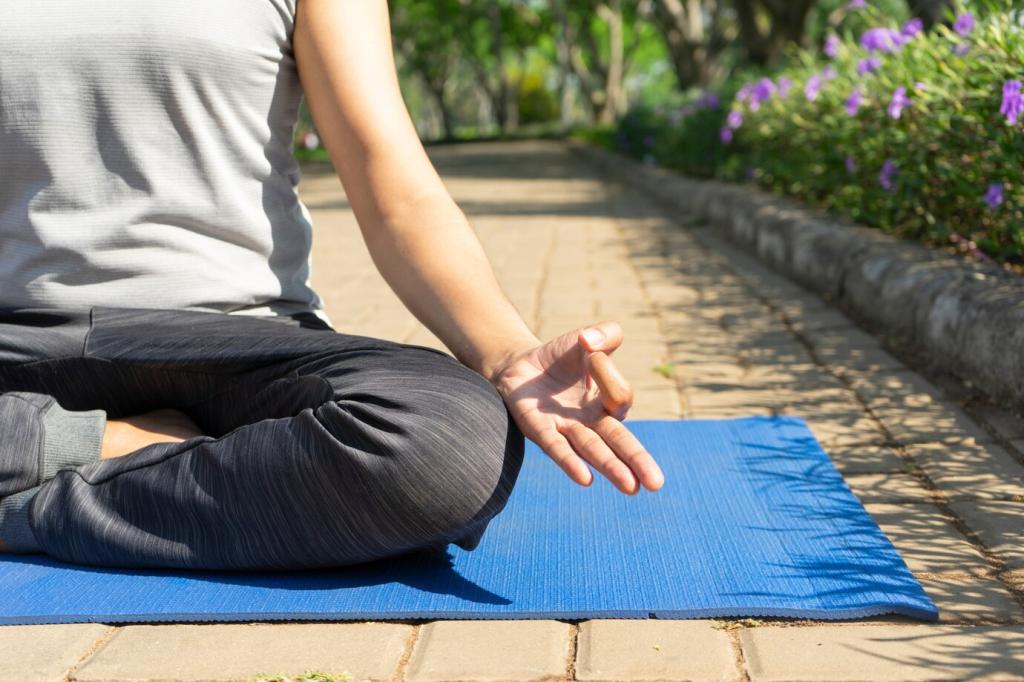How Breathing Calms the Stress Response
When your diaphragm moves fully, it gently massages internal organs and stimulates the vagus nerve, which cues your body to relax. Practice placing a hand on your belly, inhaling slowly through your nose, and feeling the rise. Share how this feels for you below.
How Breathing Calms the Stress Response
Extending your exhale activates parasympathetic tone, lowering heart rate and easing tension. Try inhaling for four counts and exhaling for six. Notice the subtle drop in your shoulders and jaw. Subscribe for weekly reminders to build consistency with this soothing pattern.








